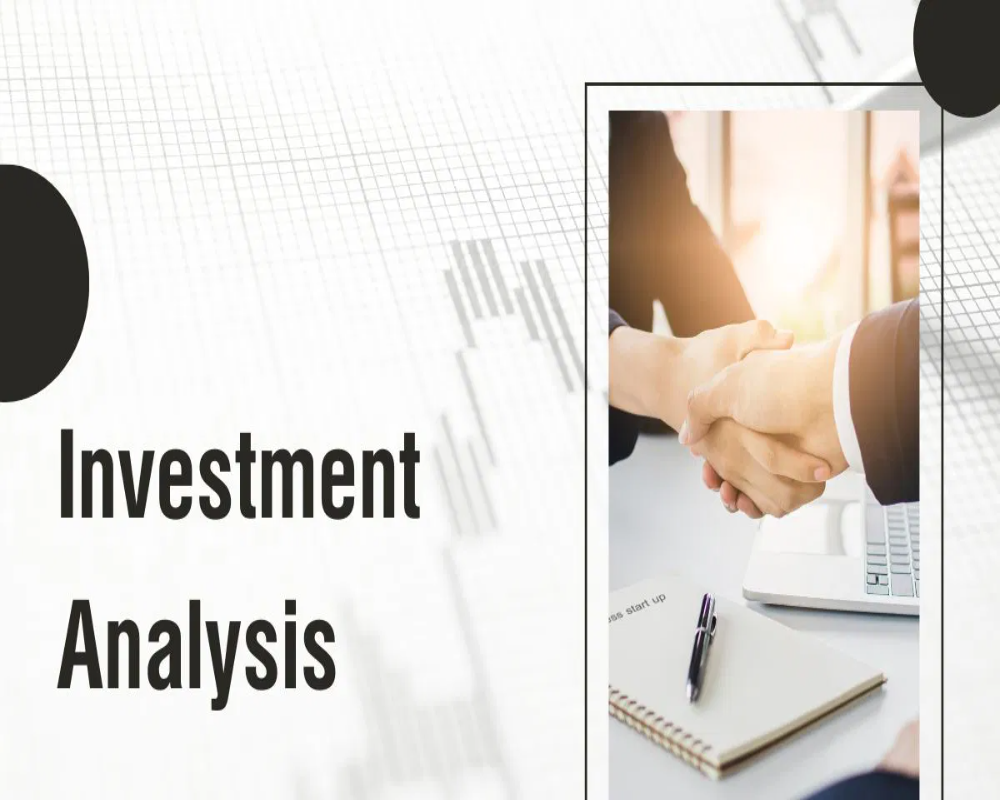Introduction
Industrial investment analysis is a strategic process that evaluates the potential success, profitability, and risks associated with investing in industrial projects or zones. It is essential for investors, developers, policymakers, and financial institutions to assess both short-term viability and long-term sustainability. Through careful examination of various influencing factors, stakeholders can make informed decisions that ensure efficient resource allocation and sustainable industrial growth. This article outlines the key factors that form the foundation of a comprehensive industrial investment analysis.
Market Potential and Demand Trends
Understanding market potential is central to evaluating any industrial investment. This involves analyzing current demand, projected growth, industry trends, and customer behavior. A thorough market study highlights target sectors, consumer preferences, competition levels, and opportunities for product diversification. Investments aligned with high-growth industries such as pharmaceuticals, electronics, or renewable energy are generally considered more viable due to expanding market needs.
Site Location and Infrastructure Access
The physical location of the industrial project plays a crucial role in determining its success. Proximity to raw materials, customers, labor, and transportation facilities can greatly influence cost efficiency and operational convenience. Access to roads, rail networks, ports, airports, and utility services such as power, water, and telecommunications contributes significantly to site attractiveness. An ideal location enhances supply chain management and reduces logistical expenses, strengthening overall project feasibility.
Capital Requirements and Financial Planning
Estimating the total capital expenditure, including land acquisition, construction, equipment, and operational setup, is a fundamental step in investment analysis. Financial models must also account for working capital, contingency funds, and cost escalations. Alongside capital budgeting, the availability of financing options such as bank loans, venture capital, or government subsidies influences the project’s financial structure. A clear understanding of the investment lifecycle, return expectations, and payback periods ensures that capital is effectively utilized.
Operational Efficiency and Cost Structure
Assessing operational costs is essential for evaluating profit margins and long-term sustainability. Key operational costs include raw materials, labor, energy, maintenance, logistics, and administrative expenses. Projects that demonstrate lean processes, automation, and energy-efficient systems tend to operate more economically and are less vulnerable to cost fluctuations. Evaluating vendor contracts, supply chain integration, and process optimization also helps identify areas of cost savings and operational improvements.
Regulatory Compliance and Legal Framework
A sound understanding of the legal and regulatory environment is essential for avoiding delays and legal complications. Industrial investment analysis must consider zoning regulations, environmental clearances, labor laws, safety standards, and tax policies applicable to the project. Clarity in land titles, ease of obtaining permits, and alignment with local development plans contribute to the feasibility and speed of project implementation.
Technology Adoption and Innovation Capability
Technological readiness plays a pivotal role in improving productivity and maintaining competitiveness. Investments in modern machinery, digital platforms, automation, and research and development support higher efficiency and quality. Industrial projects that integrate innovation and future-ready solutions have greater scalability and resilience to market disruptions. Evaluating the scope for continuous improvement and adaptability ensures the long-term success of the investment.
Workforce Availability and Human Capital
The availability of skilled, semi-skilled, and unskilled labor in the vicinity of the industrial site is a key consideration. Access to a qualified workforce reduces training costs and improves productivity. Partnerships with local educational institutions, vocational training centers, and skill development initiatives strengthen the labor ecosystem. Additionally, the presence of worker housing, healthcare, and transportation facilities influences employee retention and operational continuity.
Risk Management and Sensitivity Analysis
Industrial projects are subject to multiple risks including market volatility, cost overruns, delays, environmental issues, and regulatory changes. Conducting a thorough risk assessment enables investors to prepare mitigation strategies and contingency plans. Sensitivity analysis helps in understanding how changes in variables such as demand, interest rates, or material costs affect project outcomes. A risk-informed approach enhances decision-making and financial stability.
Sustainability and Environmental Impact
Environmental considerations are gaining prominence in industrial investment analysis. Compliance with sustainability norms, energy conservation, waste management, and emissions control not only ensures regulatory approval but also improves stakeholder perception and long-term viability. Green infrastructure, renewable energy use, and environmentally responsible practices increase the project’s social and environmental value.
Conclusion
A successful industrial investment analysis requires a multidimensional evaluation of market dynamics, location factors, financial planning, operational efficiency, and regulatory frameworks. Each factor contributes to assessing the viability, profitability, and sustainability of the project. By systematically analyzing these components, stakeholders can make informed decisions that align with strategic objectives and industry trends. Comprehensive investment analysis is not only a tool for minimizing risk but also a guide for maximizing industrial growth and long-term economic impact.
Hashtags
#IndustrialInvestment #InvestmentAnalysis #MarketTrends #FinancialForecasting #RiskAssessment #CapitalAllocation #EconomicIndicators #InvestmentStrategies #SectorAnalysis #ReturnOnInvestment #AssetValuation #InvestmentOpportunities #PortfolioManagement #DueDiligence #MarketResearch #IndustryGrowth #FinancialModeling #InvestmentRisk #StrategicPlanning #BusinessDevelopment


